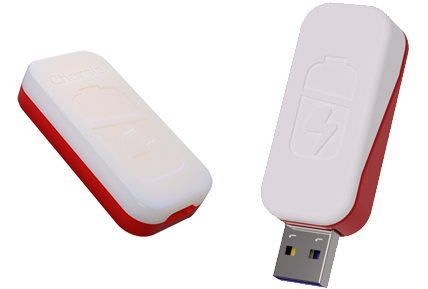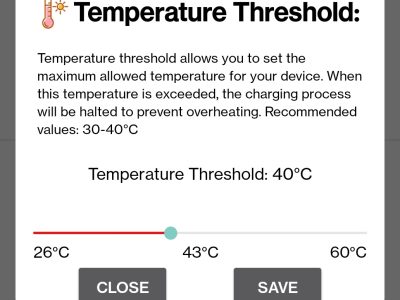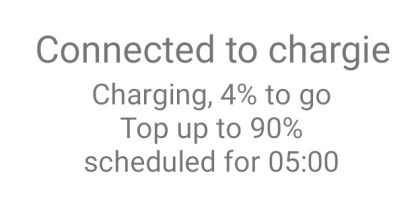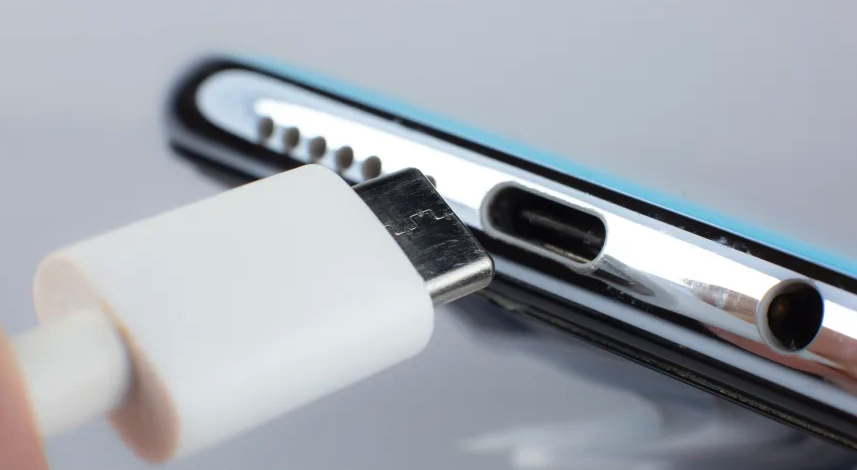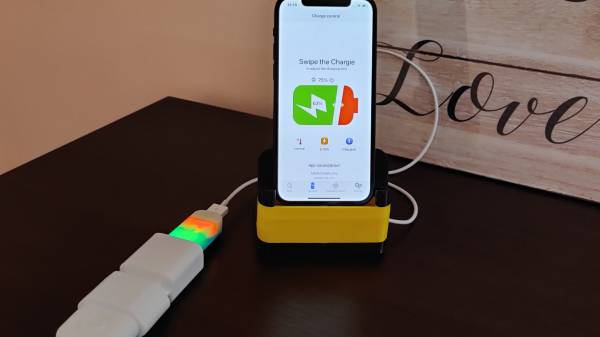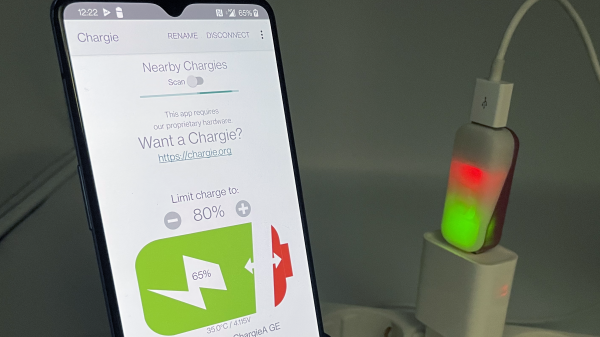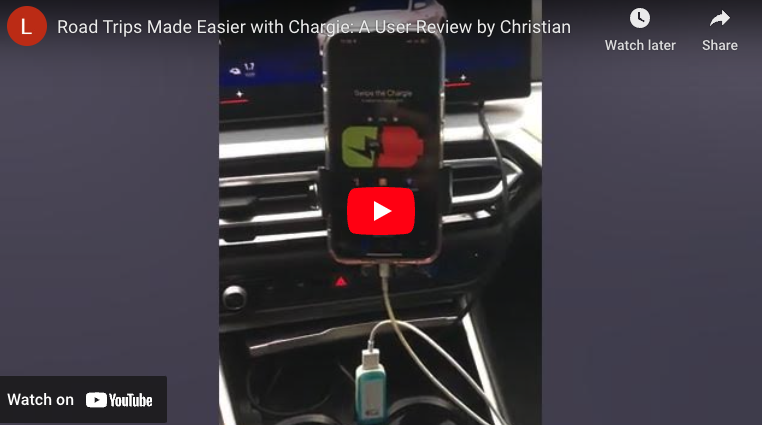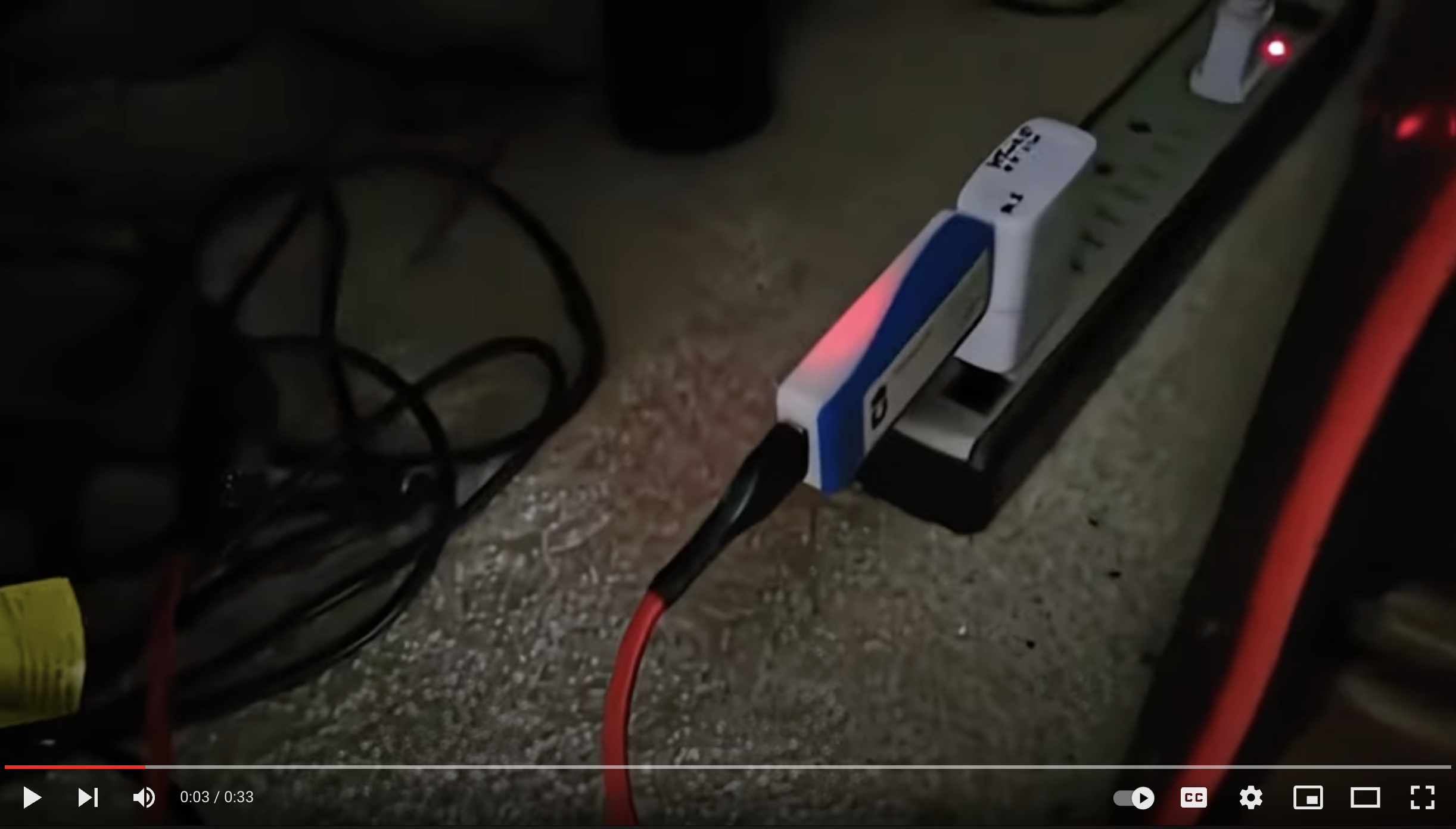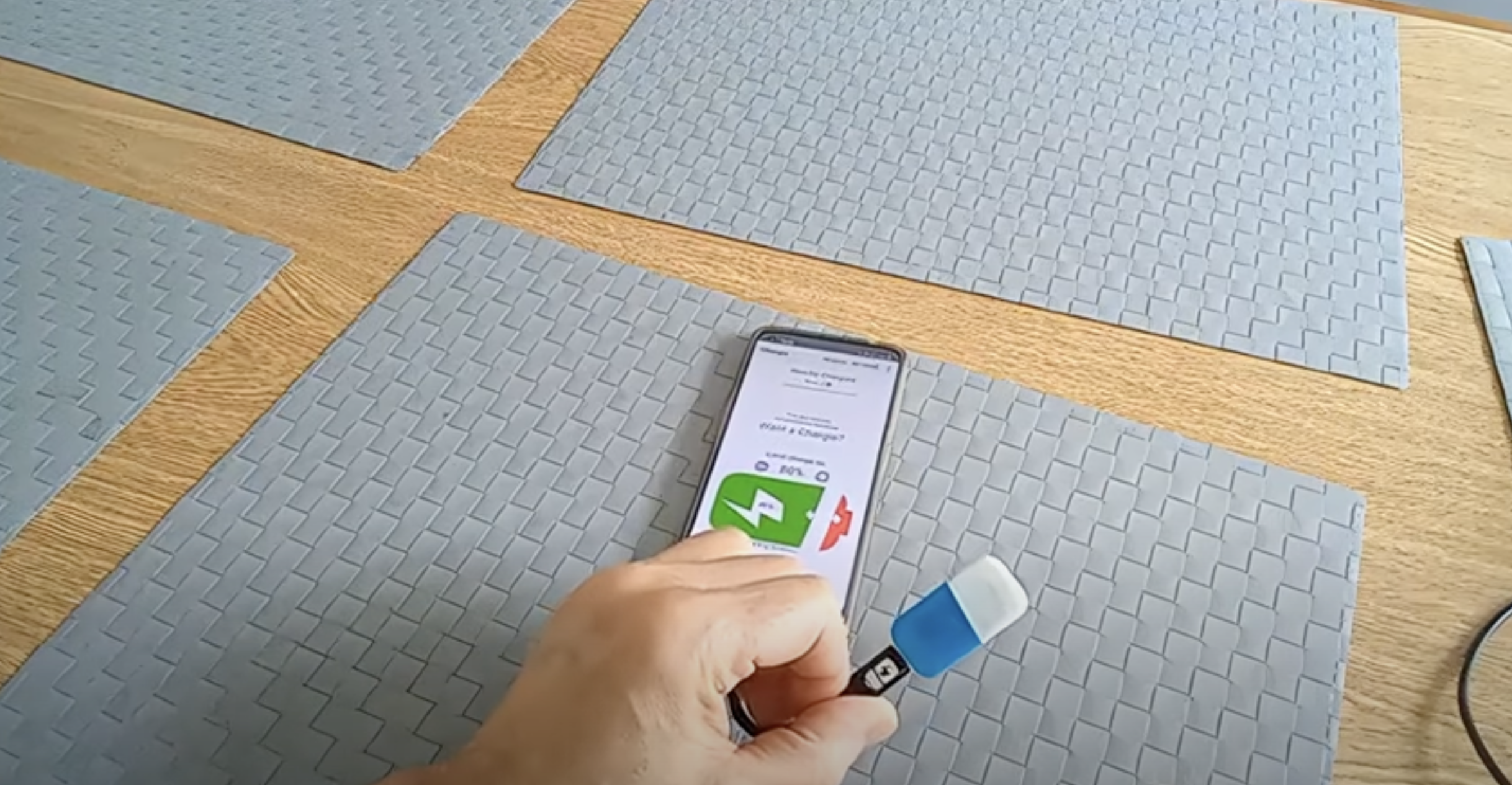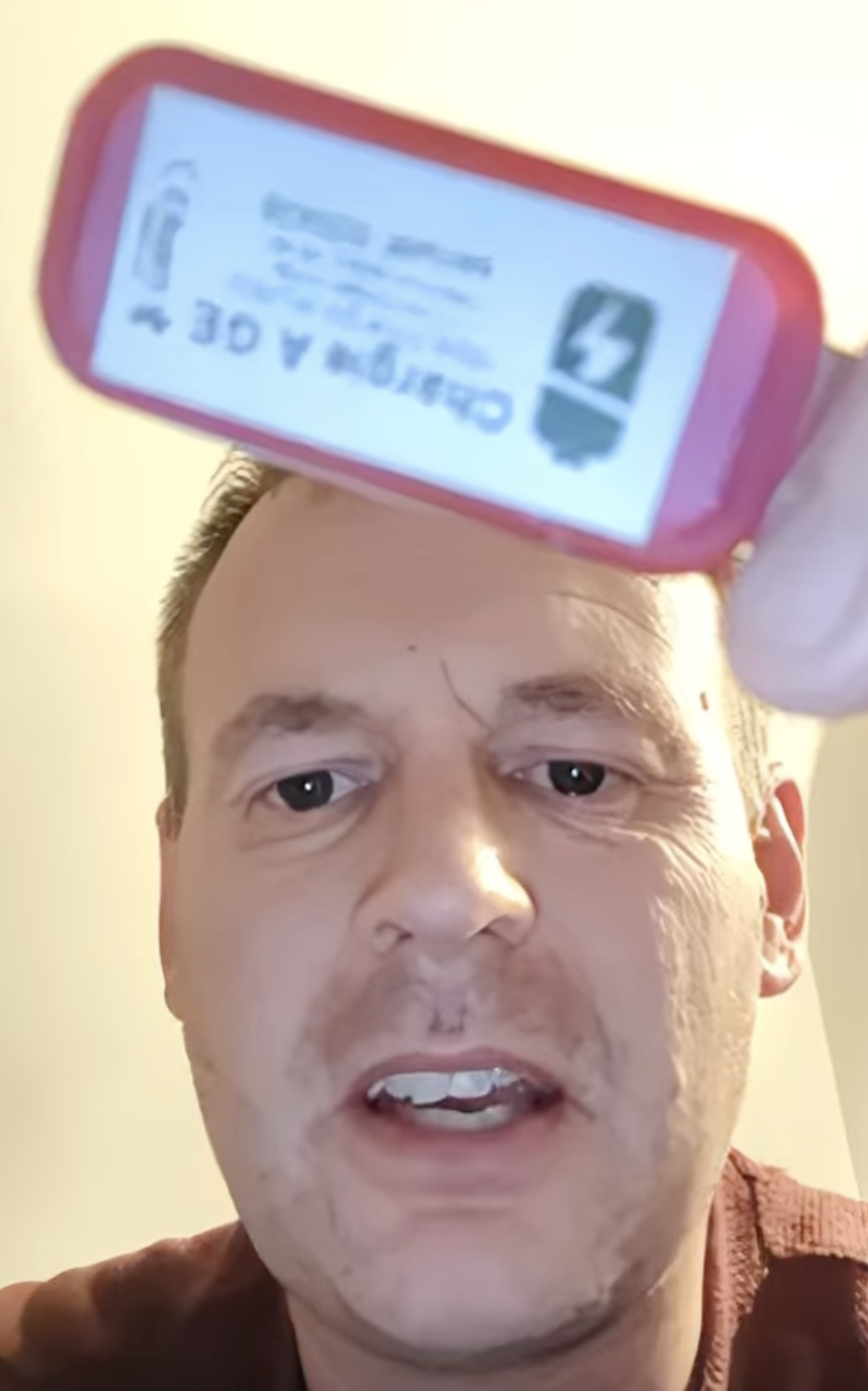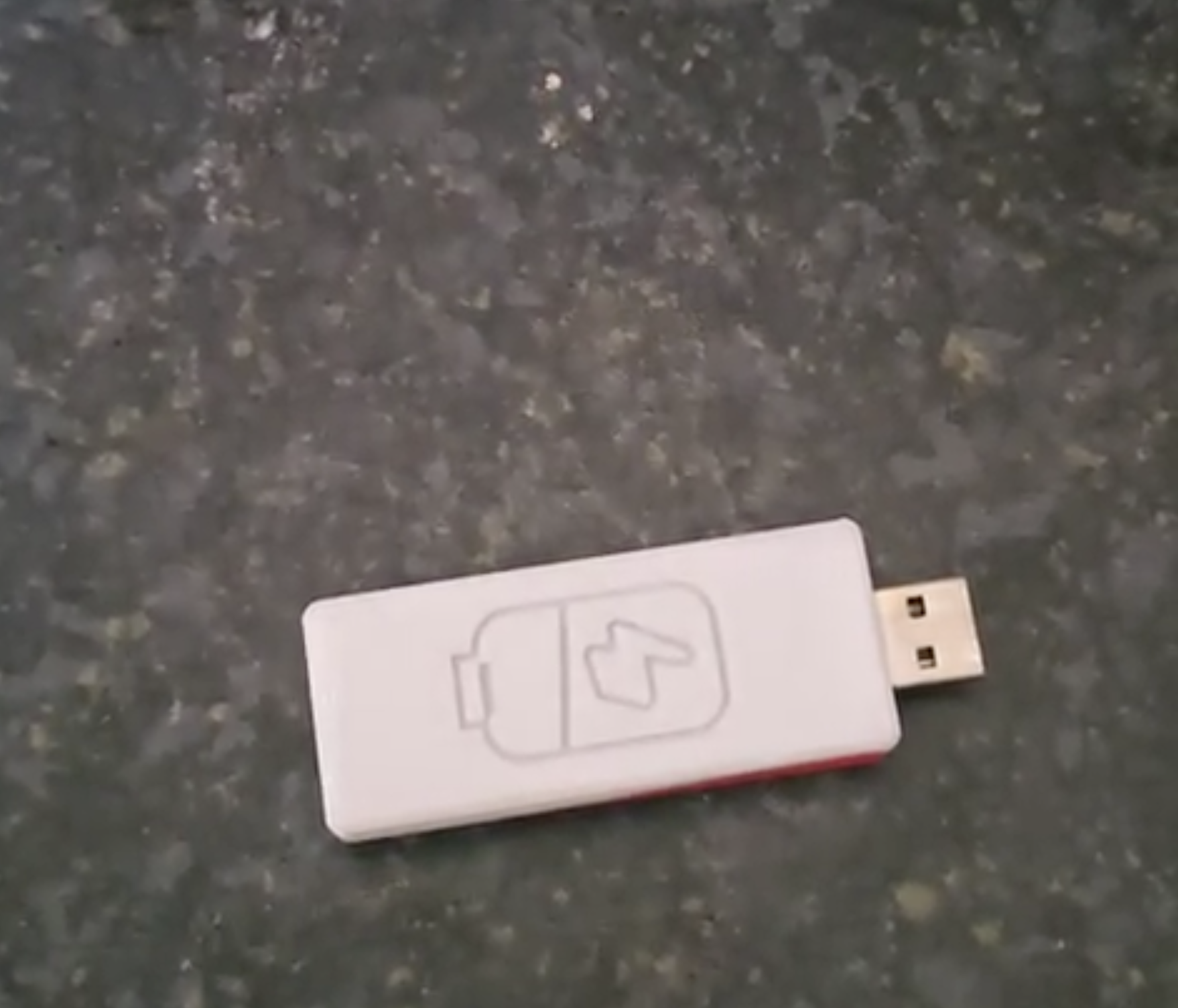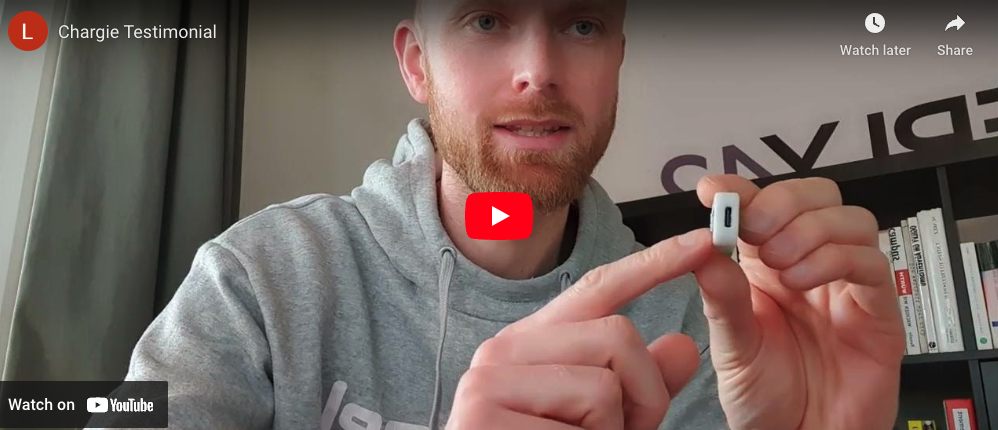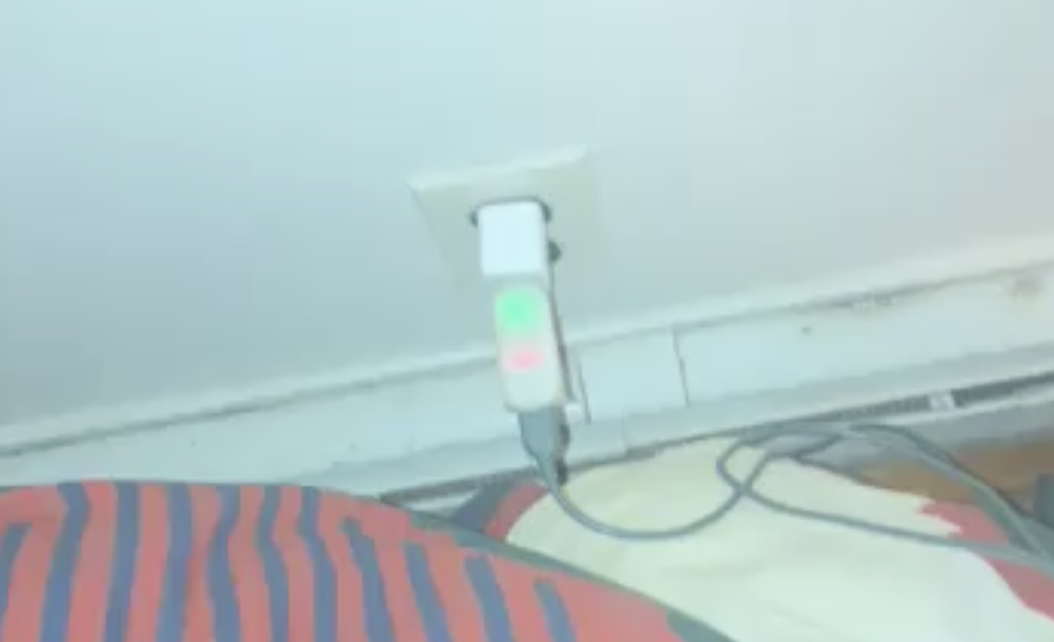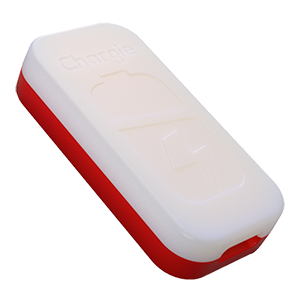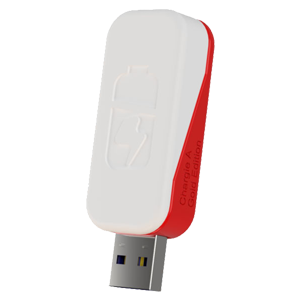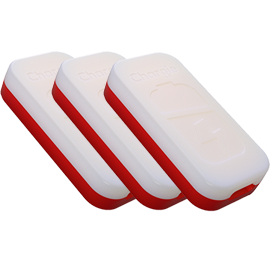Because your
smartphone
loses up to 20%
of its battery capacity,
per year,
due to
overnight charging.
This is a proven fact.
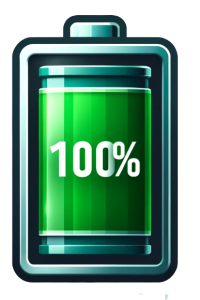
charging on autopilot
How does it work?
Chargie prevents battery degradation by smartly limiting and delaying overnight charging, much better than your phone does.
You can now leave your phone charging for years without risking any damage to its battery.
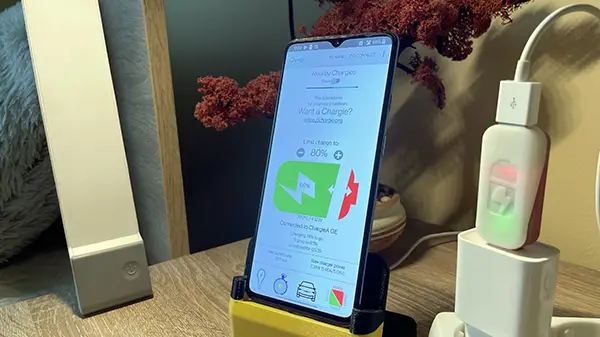
Compatible with iOS 13+ and Android 6+
inspired by revolutionary tech
Controlled supercharging
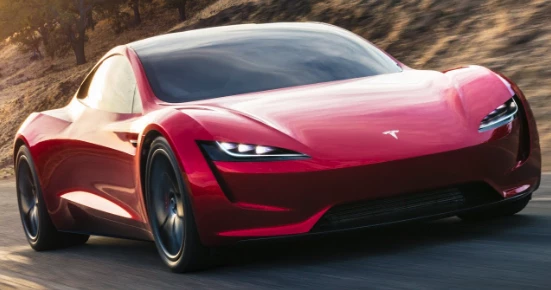
Just like electric cars have.
They can run for hundreds of thousands of miles without experiencing major battery degradation in most cases.
If you own an electric car, you know it’s best to not charge it to 100% often, since heat and voltage stress will affect battery health in the long run.
Tested at Nokia labs
By using Chargie every time you charge your phone,
your battery will be at its best capacity for a
very, very long time,
without needing replacement.
Just like electric cars.
This screenshot was taken on a Nokia XR20 device running 24/7 at the Nokia facility we work with.
They rely on Chargie devices to keep their own development phones safe and still have a USB data link to them.
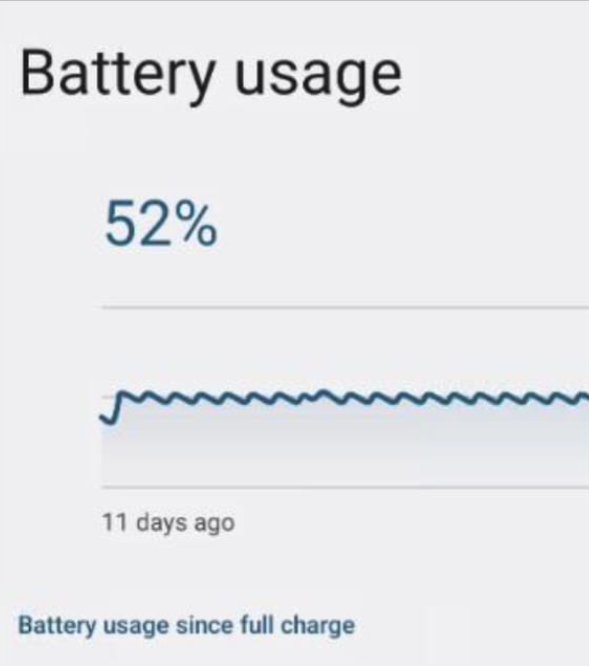
Our in-house developed firmware and app
are based on scientific data and recommendations
from battery manufacturers.
short guide to simplicity
How do I use it?
1. Connect the Chargie device between your phone and charger or wireless charging pad.
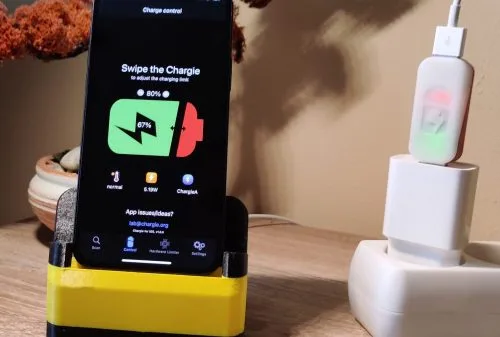
3. Use the app to connect to Chargie via Bluetooth and set the desired charging level by sliding your finger across the battery icon.
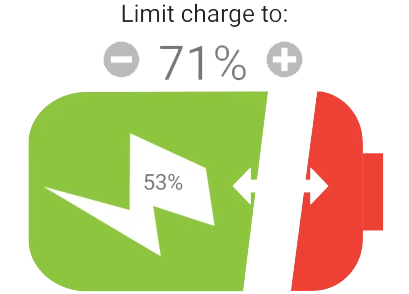
4. Sleep. Work. Travel. Whatever you like.
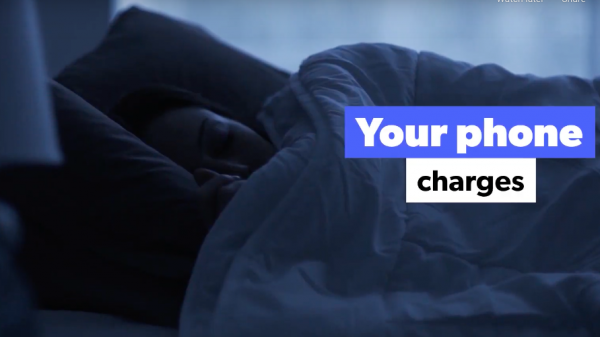
Explore
Features
an actual use case
Chargie works for real people
Robert (Killburn, Australia):

We have kiosk booking devices, which are basically mobile phones, that we deploy to customers. These phones are on 24/7. Some phones would fail after a number of months with battery issues, due to being constantly on charge.
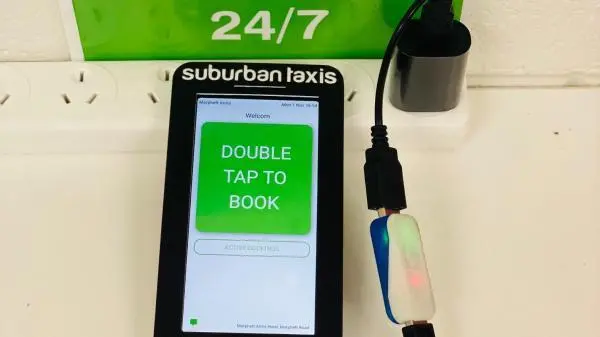
We now use Chargies on all devices to better manage the charging cycle. This has substantially extended the life of our booking devices.
Fun fact: some people keep stealing Robert’s Chargies (they’re displayed in public places), so he keeps ordering new ones. We feel flattered people take the risk of stealing Chargie devices, but it’s so sad it happens. To anyone involved, please don’t do it any longer, theft is a bad thing.
unique CAPABILITy
Charging Scheduler

This allows you to both protect your battery well by avoiding prolonged high states of charge and still use the phone at its full battery capacity. It’s much better than current stock solutions implemented in Samsung or Apple phones.
heat kills batteries
Overtemperature protection
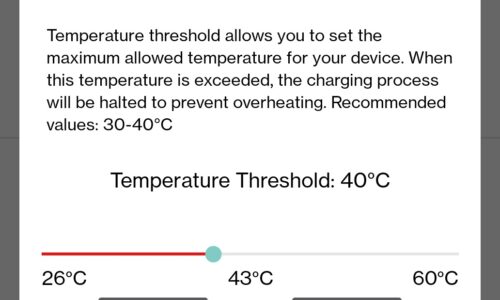
Sometimes, it’s better to just stop charging in high temperature situations, like when using your phone as a navigation device on your car dash in hot summer days.
In such cases, heat degrades the battery’s internal structure more than anything and if exposed to heat for a long time, the battery eventually swells and can ruin your phone or explode.
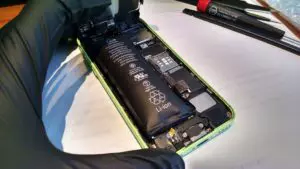
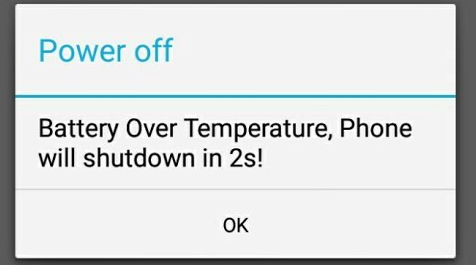
All phones have some sort of overtemperature protection, but the factory threshold is often set too high to properly protect a battery from premature aging (50°C / 122°F).
Chargie allows you to charge your phone at much lower temperatures, so that your battery doesn't degrade during long sunny drives or hot summer nights. Automatically.
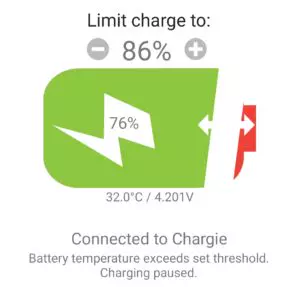
See how our customer Chris uses this function in his car, on long road trips
use chargies everywhere
Innovative charger detection

Distribute multiple Chargie devices across the places you frequent to streamline your charging experience. With a Chargie at each of your regular stops—your residence, workplace, and vehicle, you will seamlessly maintain your device’s battery at mid levels throughout the day, which will have huge impact on your battery performance and longevity. The app will detect and connect to them automatically.
The convenience of this setup lies in the effortless transition from one Chargie to the next, enabling continuous charge without the need to juggle multiple chargers or adaptors.

multiplatform battery care
Works with Apple and Android devices
Chargie has apps for iOS 13+ and Android 6+. We test the app on various Apple, Samsung, Xiaomi, Huawei, Google, OnePlus devices.
Actually, Chargie will even work with your Watch or any other device that has a battery by using its built-in Hardware Limiter. You just need to first configure it in the Chargie app on your phone or tablet.
why chargie works
The science behind active charge limiting

A typical smartphone charges up to 100% and then keeps the battery in that very high state (around 4.35 volts) until the user disconnects from the mains.
The battery is indeed protected from thermal runaway by its internal circuitry (it would catch fire otherwise), but the measures taken happen at extreme values, and are not optimized for a long and sustainable battery life.
Why all-night charging is bad for your battery
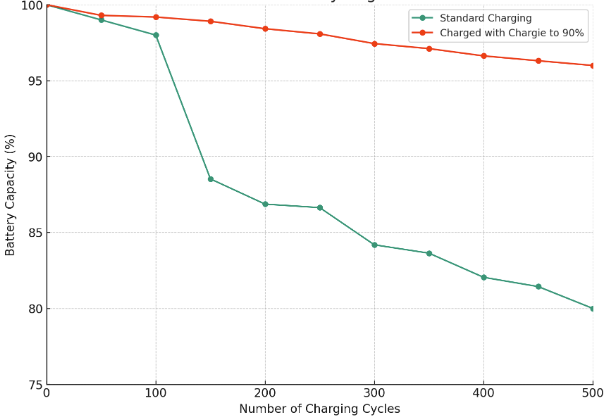
Holding a 100% charge for many hours at a time induces a voltage- and heat-related stress and damages the internal lithium lattice of the battery, at a molecular level (see reference).
Limiting the charge level below 100% or releasing it once it has topped up has hugely beneficial effects for the lifespan of the battery.
An optimized charging process can take a normal phone battery from 250 cycles to more than 1000, before it shows signs of degradation (tables courtesy of batteryuniversity.com [1]).
This has been well documented by the scientific community. Electric car manufacturers like Tesla already advise against charging their class lithium ion cells to 100% by default and keep a 5kWh reserve in the battery, so that you can’t discharge it to 0.
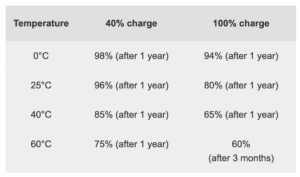 Lithium-ion suffers from stress when exposed to heat, so does keeping a cell at a high charge voltage. A battery dwelling above 30°C (86°F) is considered elevated temperature and for most Li-ion a voltage above 4.10V/cell is deemed as high voltage. Exposing the battery to high temperature and dwelling in a full state-of-charge for an extended time can be more stressful than cycling. Table 3 demonstrates capacity loss as a function of temperature and SoC.
(batteryuniversity.com)
Lithium-ion suffers from stress when exposed to heat, so does keeping a cell at a high charge voltage. A battery dwelling above 30°C (86°F) is considered elevated temperature and for most Li-ion a voltage above 4.10V/cell is deemed as high voltage. Exposing the battery to high temperature and dwelling in a full state-of-charge for an extended time can be more stressful than cycling. Table 3 demonstrates capacity loss as a function of temperature and SoC.
(batteryuniversity.com)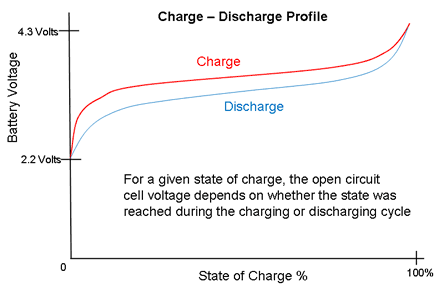 Besides limiting the charging process, Chargie’s hysteretic algorithm (see what hysterestic charging is) makes sure that even if you charge to 100%, the process is stopped until the battery discharges down to 95%, and then restarted. This is way less stressful for the battery and dramatically prolongs its lifespan. You can adjust the allowed discharge percentage manually from the app’s Settings menu.
Besides limiting the charging process, Chargie’s hysteretic algorithm (see what hysterestic charging is) makes sure that even if you charge to 100%, the process is stopped until the battery discharges down to 95%, and then restarted. This is way less stressful for the battery and dramatically prolongs its lifespan. You can adjust the allowed discharge percentage manually from the app’s Settings menu.Practically, it is best if you can keep the charge between 20% and 90%. If you do so, Chargie will apply the hysteresis you set, and the practice will yield much better results in the long run, from both a battery lifespan and daily usability perspective.
Ideally, the lower the daily charge, the better it is for the battery. However, you should take care not to overdischarge the battery either. For example, if you regularly go down to 1%, it’s better if you set the top up level to 100% for the morning. Chargie will keep the base level at 60% and will only stay at 100% for a brief period of time.
By applying hysteretic charging, the risk of battery swelling and fires is greatly reduced (unless the battery itself has a physical defect). Google this.
References
[1] https://batteryuniversity.com/learn/article/how_to_prolong_lithium_based_batteries [2] https://www.zdnet.com/article/microsofts-new-battery-limit-surface-50-charge-cap-aims-to-give-longer-battery-life/ [3] https://support.sonymobile.com/global-en/dm/battery/#gref [4] https://www.macworld.com/article/3408336/ios-13s-new-optimized-battery-charging-feature-explained.html [5] https://www.howtogeek.com/423451/how-ios-13-will-protect-your-iphones-battery-by-charging-to-80/
for harsher environments
Chargie contains Gold (Au)

Chargie has a tiny amount of gold deposited onto every inch of board and its connectors.
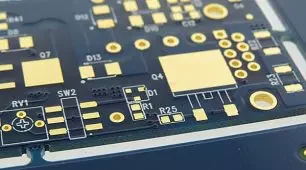
This is great because the production process is lead-free, gold doesn’t oxidize and it is one of the best treatments for copper.
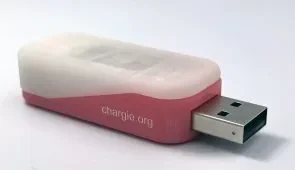
It costs us more to produce them, but the overall benefits are worth it. Your Chargies will last much longer in harsher and wetter environments without losing their conducting properties.
new hardware, better charging
Your feedback was heard
Our newly redesigned app, hardware and firmware
are fully packed with new functionality such as:
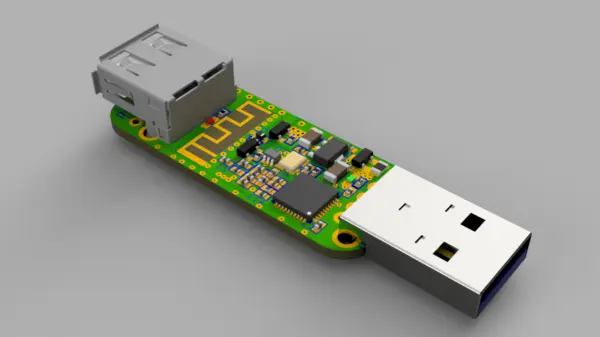
The Chargie app normally runs on your smartphone, but now you can limit the charging of any kind of lithium ion battery, or of a phone that’s been shut off. It will cut power at about 90%, based on power measurements done automatically and continually by Chargie’s hardware.
The new Chargie A GE and Chargie C Basic now have a working mode that does not cut power completely to the phone while it’s not charging, so that it can be used with Android Auto and USB tethering.
If your load consumes more power than it should, Chargie automatically cuts it off and restores it as soon as it’s rebooted or within the next scheduled charging cycle. That simple.
Chargie A GE is 25% shorter and 10% thinner than Chargie Founder Edition, which makes it more portable and insertable. Chargie C is even smaller – check out the hardware features page.
The LED lights in the new Chargie A GE are as important as before, and they indicate the same thing. However, they are now configurable, so when you turn off your phone’s screen the two LEDs turn off automatically, to reduce nighttime light pollution.
invest in your phone
Chargie will be free after a month of usage!
To figure out how long it takes to recover the investment in Chargie, we can divide the investment by the cost of replacing a $1,500 phone at a 10% average yearly degradation rate.
We’ll assume you’ll switch your phone at 50%-60% battery capacity.
You’ll do it sooner than that, due to the associated pain:
- $26 / $428.57 per year ≈ 0.06 years (less than a month).
If your phone cost you $500, it’ll probably take three months to recover your investment. But the non-degrading battery experience will still totally be worth it.

Chargie Makes Your Phone a lot Greener
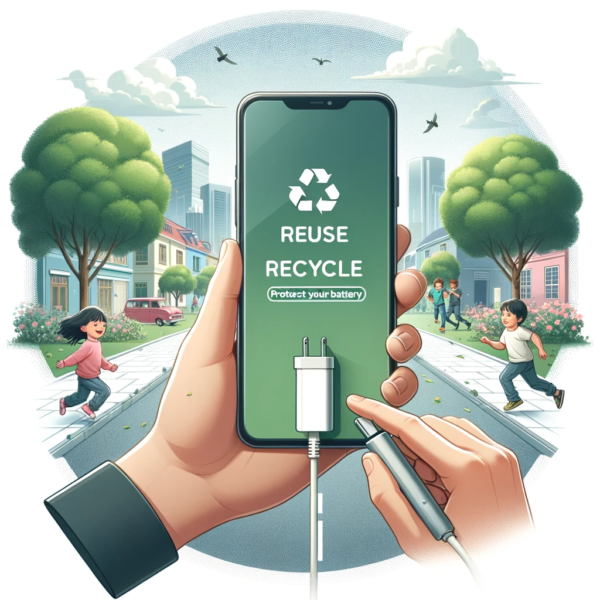
Since 2015, phone manufacturers started gluing batteries inside phones.
This will make your phone very difficult to repair once the battery capacity depletes beyond its comfortable usage level, which usually happens at the end of the two year warranty period.
The electronics industry is one of the greatest sources of pollution that are affecting the health of everyone. We just don’t like to think about it, but phone-making is done with great human sacrifice.
On the other hand, from our calculations, Chargie has saved around 5,500 metric tons of CO2 since Ovidiu started the project back in 2019.
After you upgrade, you can donate your old phone to someone in need who is not as picky with tech as you are.
That person may be using it for many more years, and will not need to buy a new one, thus preventing even more pollution from being spewed out in the atmosphere and into someone’s lungs!
always on devices
Practical Use Cases
Chargie has been designed to protect batteries. Just juice your phone through it and in a few months you will see the difference:
– Your battery life will be like when it was new
– We are working on implementing a Chargie Certification Program, so you can have a higher resale value, should you decide to sell it.
– After you upgrade to a new phone, you can safely give a perfectly working gift to someone in need.
– You can use the same Chargie on your next phone, too. We still have lots of customers using the original 2019 Founder Edition Chargie every night!
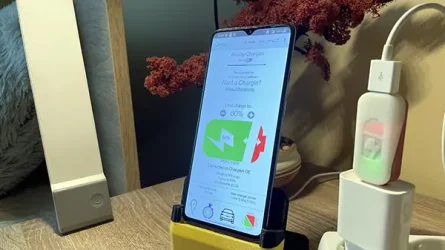
![a-girl-sleeping-while-holding-the-tablet [MConverter.eu] a-girl-sleeping-while-holding-the-tablet [MConverter.eu]](https://chargie.org/wp-content/uploads/elementor/thumbs/a-girl-sleeping-while-holding-the-tablet-MConverter.eu_-q4htd86jtjctemxvu4q7bcdmhtr8dwou0oaiiue0hs.webp)
There have been cases where people who were sleeping with phones under the pillow died, because the battery caught fire. Here’s a Google Search link to news about the topic. Happens all the time.
According to the National Sleep Foundation, studies found that around 45 percent of parents and 30 percent of children sleep with their cellphone or tablet in their bedroom with them, oftentimes leaving the devices turned on and plugged in throughout the night (link here).
With Chargie’s charging scheduler, those devices can stay charged at 50% overnight and the risks of fire will most likely be close to zero.
Demo phones and tablets in shops usually stay connected to the mains, and that’s what destroys their batteries. After a few months they start swelling or even catch fire, in severe cases.
Chargie automatically ensures the battery is only charged partially, hence the damage will be almost zero and the risk of fire is null. This also increases the resale value of those demo phones.


Professional drivers (taxi, Uber, trucks, pizza deliveries) use tablets and phones as navigation systems all the time. They stay charged up for thousands of hours every month, placed in direct sunlight.
Batteries get very hot, very often.
Fully charged lithium ion batteries and high temperatures are a very dangerous combination.
Chargie can do away with all that by limiting the charge to some 50%. This way, battery damage is greatly reduced and the risk of catching fire is eliminated.
Fleet management is on its way to the app soon.

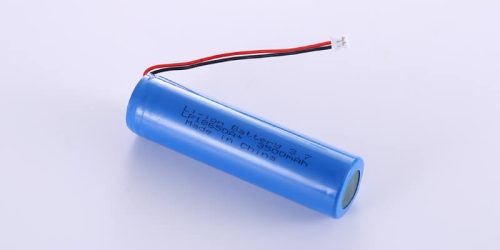
Chargie’s hardware limiter provides a simple yet effective solution for protecting regular batteries that don’t have smart capabilities. By measuring instant power and detecting when it falls below a certain threshold, Chargie’s limiter can cut off power to the battery without the need for an app or any additional programming. This hardware-based approach ensures that batteries remain protected against overcharging, which can damage the battery over time and potentially even cause a fire. With Chargie’s hardware limiter, users can enjoy the peace of mind that comes with knowing that their batteries are always being charged in a safe and responsible manner.
real reviews from real people
We Asked Our Users for Feedback
Playlist
we deliver since 2019
Other customer reviews









big guys like chargie
Notable customers
However, you may have heard about some of them.



Note. We are not affiliated with any of these companies. All of the logos presented herein are trademarks of their respective owners.
Manufactured in Europe
Despite lower profits due to the higher costs associated with import taxes, shipping fees and EU manufacturing prices, we’ve decided to move most of the production locally in Timisoara, Romania and have full control over quality. We will hopefully continue do so for the lifetime of this project.
Is Chargie a Perfect Solution?
We’re striving to get there. Chargie is the only device dedicated to fighting planned tech obsolescence and way more advanced than DIY or stock “better than nothing” implementations.
And yes, it started in a garage with a CNC-milled PCB and 3D-printed casing.

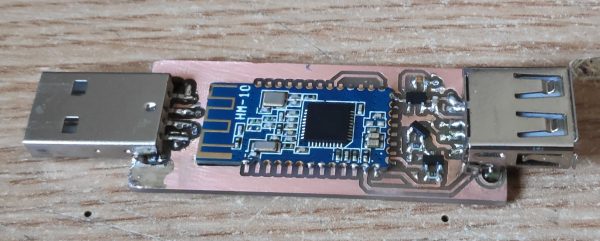
The original Chargie prototype, January 2019
Nowadays, Chargie is made with state of the art plastic molded casing in a top notch electronics factory.
Worldwide delivery
Pay securely
*EU Customers: VAT is variable and not included in the shown price. It will be added in the Checkout page.
*Colors shown are only orientative.
Their choice is not guaranteed, as we are using pre-packaged products that get delivered from two warehouses.
Notice: you are ordering a hardware and software solution.
Although it may look like this is just about the hardware device,
thousands of hours of development and testing
are being invested in the app.
Your purchase directly supports innovation, tooling and the evolution of this project.
Our overall profit is relatively small.
Want to help us spread the word and earn a commission?
Companies spend a lot on advertising. Most of it goes to Google, Facebook and other big companies,
but even regular fans can also help with marketing by simply talking about their Chargie to their audience.
Write/talk about Chargie on your blog/YouTube video or
post your affiliate link on a web page and we’ll pay you 10% when your earnings exceed $100.

